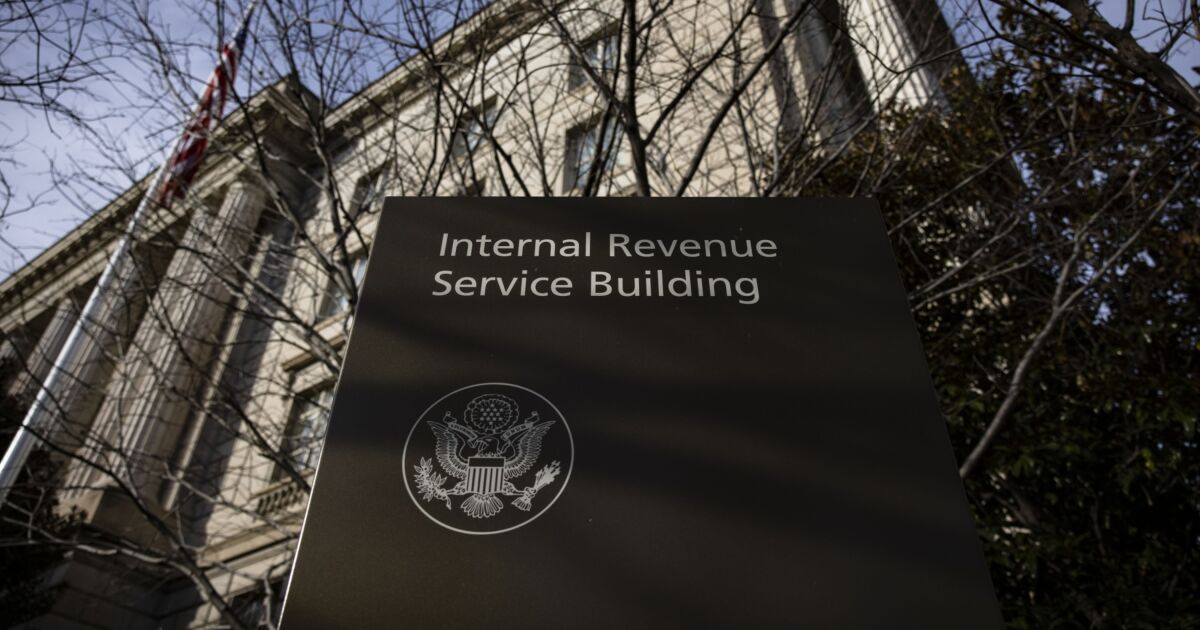The Internal Revenue Service released guidance on the income and employment tax treatment of contributions and benefits offered under state paid family and medical leave programs, along with the reporting requirements.
The document discusses multiple tax treatment scenarios for contributions to and benefits paid in certain situations under these programs, plus the related reporting requirements.
Employers can generally deduct the amount they contribute to mandatory paid family and medical leave programs as an excise tax payment. Similarly, an employee can deduct the amount they contribute as a payment of income tax, if the employee itemizes deductions, to the extent that the employee’s deduction for state income taxes does not exceed the state income tax deduction limitation.
An employee who receives state paid family leave payments needs to include those amounts in the employee’s gross income, the IRS noted. An employee who receives state paid medical leave payments must include the amount attributable to the employer portion of contributions in the employee’s gross income. This second amount also is subject both to the employer’s and employee’s shares of Social Security and Medicare taxes. The amount attributable to the employee’s portion of the contributions is excluded from the employee’s gross income, and this amount is not subject to Social Security or Medicare taxes.
The revenue ruling provides more guidance on other situations. In addition, it offers transition relief to the District of Columbia, states and employers from certain withholding, payment, and information reporting requirements for state paid medical leave benefits in 2025.
The guidance will affect the District of Columbia and states administering paid family and medical leave programs, employers and workers contributing to such programs, and those who receive payments from these programs.
The IRS is asking for comments on other situations and aspects of state paid family and medical leave programs that aren’t covered in this revenue ruling electronically via the Federal eRulemaking Portal at
Credit: Source link











